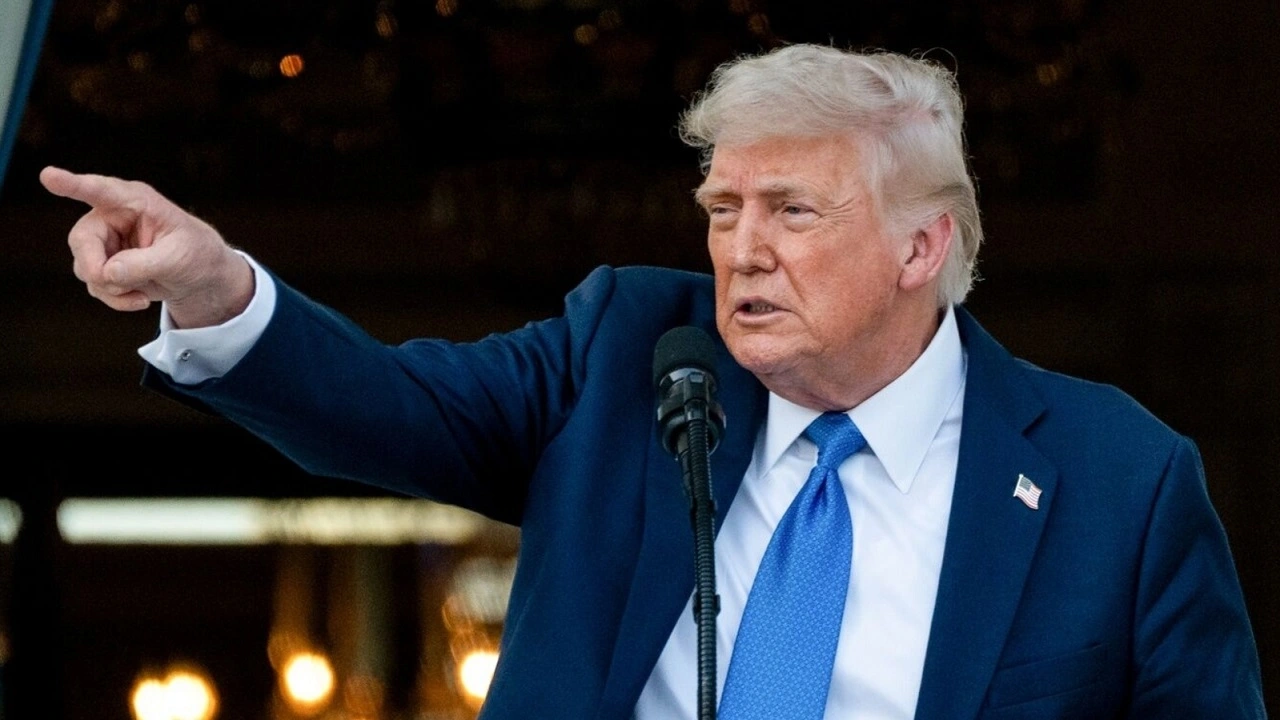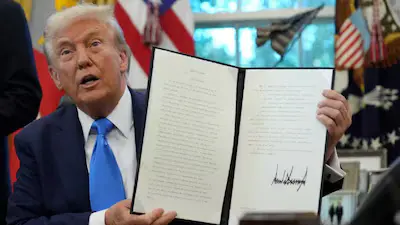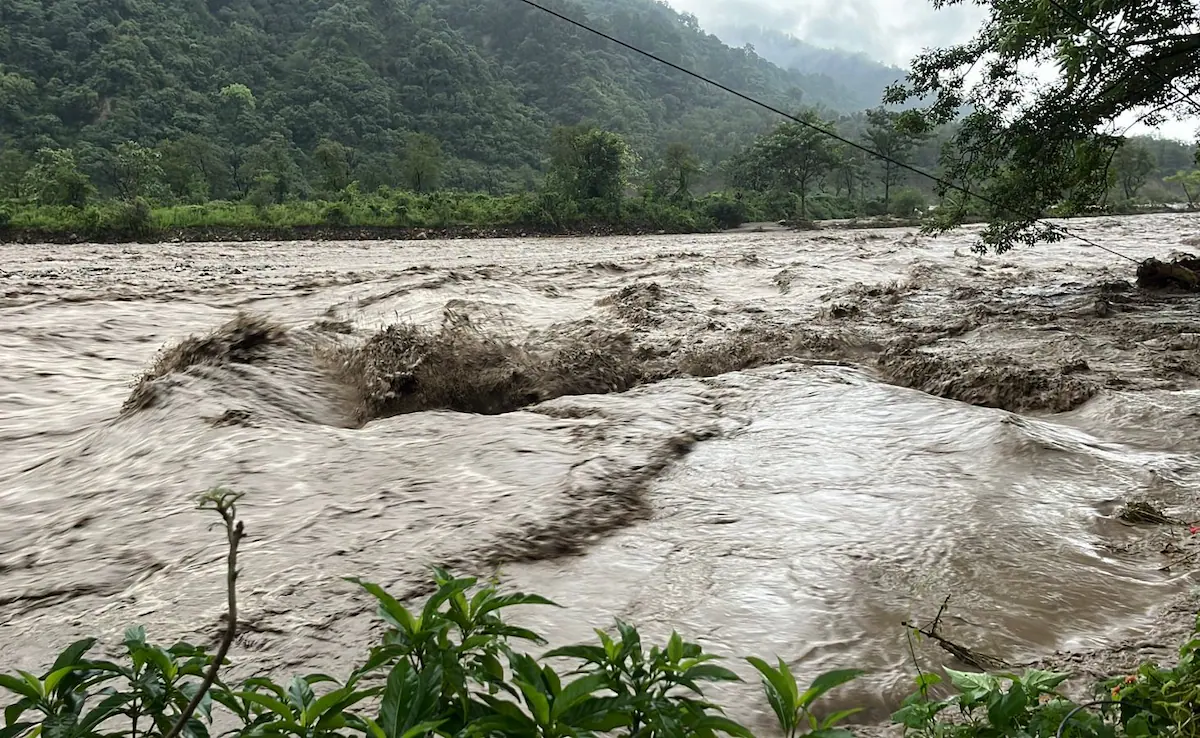Trump Revives Travel Ban: Citizens of 12 Countries Now Barred from Entering U.S.
In a move reminiscent of his earlier presidency, former President Donald Trump, now a key figure in the 2024 elections, has announced a new travel ban targeting citizens of 12 countries. The executive order, signed on June 5, 2025, bars citizens from primarily Muslim-majority and conflict-ridden nations from entering the United States. This policy, which is set to take effect from June 9, is being hailed by Trump’s supporters as a vital step toward strengthening national security, while critics see it as discriminatory and politically motivated.
What Does the New Travel Ban Entail?
The ban fully restricts entry for nationals from the following 12 countries:
-
Afghanistan
-
Myanmar (Burma)
-
Chad
-
Republic of the Congo
-
Equatorial Guinea
-
Eritrea
-
Haiti
-
Iran
-
Libya
-
Somalia
-
Sudan
-
Yemen
These countries have been identified by the Trump administration as “high-risk” due to either unstable governance, terrorism threats, or unreliable identity documentation systems. The policy effectively halts most types of travel including immigrant and non-immigrant visas for these nations.
Who Else Is Affected?
In addition to the 12-country full ban, seven other countries are facing partial visa restrictions:
-
Burundi
-
Cuba
-
Laos
-
Sierra Leone
-
Togo
-
Turkmenistan
-
Venezuela
While citizens from these countries are not completely barred, most permanent immigration and certain visa categories will no longer be issued. Temporary work visas remain accessible, although processing delays and scrutiny are expected to increase.
Who Is Exempt from the Ban?
Despite the sweeping nature of the policy, some categories have been exempted from the restrictions:
-
Green card holders (legal permanent residents)
-
Dual citizens traveling on passports from non-banned countries
-
Diplomats and UN representatives
-
Special Immigrant Visa (SIV) holders
-
Athletes and artists participating in recognized international events
-
Certain family reunification and adoption-based visas
These exemptions are likely an attempt to mitigate diplomatic fallout and preserve essential international partnerships.
Why Is the Ban Being Reintroduced Now?
According to the Trump campaign and allied lawmakers, the policy comes in response to rising national security concerns. A recent terrorist attack in Boulder, Colorado, allegedly carried out by an undocumented immigrant, has been cited as the tipping point. The administration argues that better vetting is necessary, especially from countries that lack robust identity verification processes.
The language used in the executive order emphasizes "protecting the American people" and "safeguarding borders", echoing the rhetoric from Trump’s first term in 2017 when the original "Muslim Ban" was introduced. That earlier ban was heavily contested but ultimately upheld by the U.S. Supreme Court in 2018.
Political and Global Reaction
The policy has triggered strong backlash from humanitarian groups, immigration advocates, and many Democratic lawmakers. Critics argue that the travel ban targets Muslim-majority and impoverished nations, amounting to xenophobia masked as security. Others point out that the policy could disrupt families, hamper foreign relations, and damage the U.S.’s global image.
Countries like Iran, Libya, and Somalia, already struggling with sanctions or internal conflict, have condemned the policy, calling it a form of "state-level discrimination". Meanwhile, Trump’s core supporters and right-leaning media have praised the ban as a decisive move toward restoring law and order.
What’s Next? Legal Challenges and Future Implications
Legal experts suggest that challenges against this order will likely reach the courts, but the Supreme Court’s 2018 precedent gives the executive branch wide latitude in immigration decisions if national security is cited.
If upheld, the new travel ban could reshape America’s immigration system, adding new layers of restrictions that may remain in place even beyond the 2024 elections. Trump’s return to hardline immigration policies also signals what might lie ahead should he secure another term.
Conclusion
This travel ban is not just a legal directive—it is a political statement. It reopens the national conversation on how far security can justify restriction, and whether such policies align with American values in a globalized world.
As the policy unfolds, the international community watches closely. Whether it will succeed in making America safer, or alienate allies and immigrants alike, remains to be seen.









